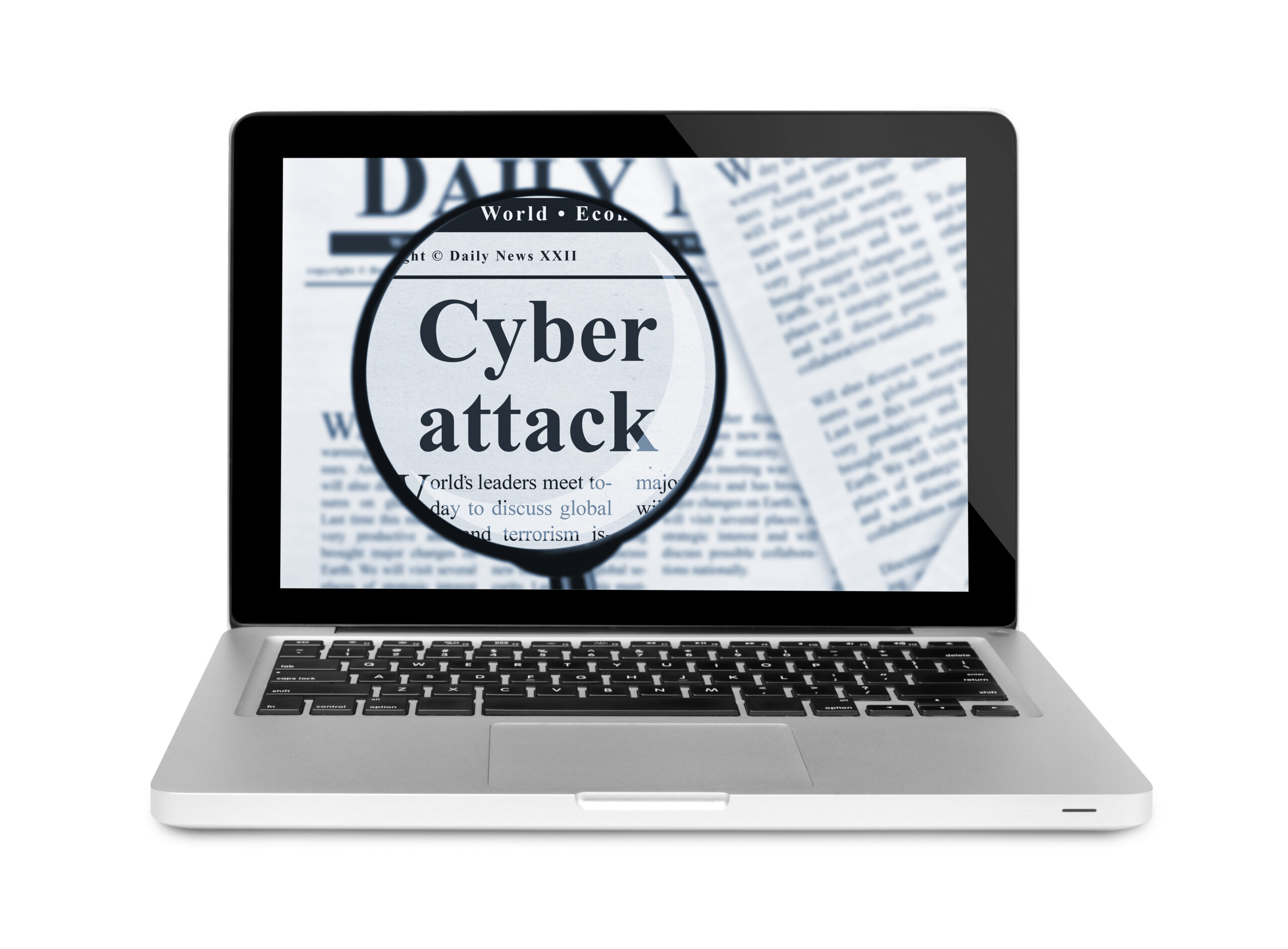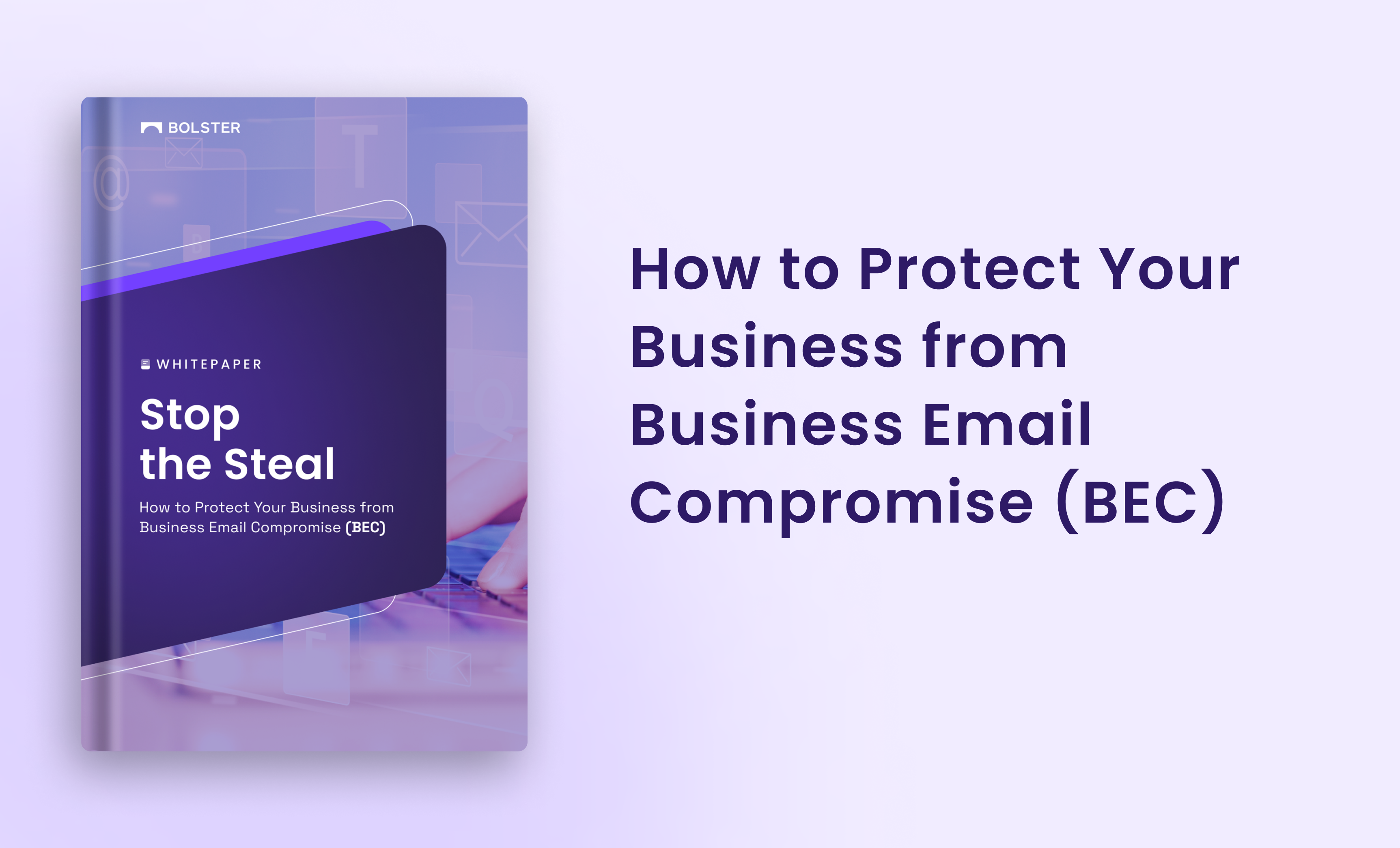Brand protection strategies allow businesses to guard their name and image from association with counterfeit goods, illicit use of trademarks, and other types of violations. These strategies include scrutinizing online platforms and pursuing legal remedies against those who infringe.
The goal of brand protection is to preserve authenticity – which guarantees that customers can rely on the quality and standing of a specific brand – and to ensure copyright regulations are upheld. Through brand protection, you are defending your company’s image and bolstering customer trust in your offerings.
Key Elements of Brand Protection
Trademark protection, domain name protection, social media monitoring, counterfeit detection and brand awareness are all key elements of brand protection.
Trademark registration ensures the exclusive right to use a particular symbol or design in connection with specific goods or services.
Domain name theft can damage a company’s online reputation; therefore it is important to protect your domain name from cyber threats by using secure passwords and regularly updating them.
Social media monitoring helps detect any misuse of trademarks and prevents potential reputational harm caused by negative comments or fake profiles. (Learn more about social media scams.)
Counterfeit detection is necessary to prevent unauthorized reproduction of products which can not only harm revenues but also damage a brand’s image.
Finally, maintaining strong brand awareness through consistent messaging allows customers to easily identify trusted brands while distinguishing genuine products from counterfeits.
Here are the details on each.
1. Trademark Protection
When it comes to brand protection, the trademark is one of the most valuable assets a company has. Registering a trademark early can help prevent others from using a similar mark and infringing on rights. It’s important to monitor and enforce those rights as well, by regularly checking for potential infringement and taking action when necessary.
If your business operates internationally, consider registering your trademark in other countries where you do business or plan to expand. This can provide additional protection for your brand name and prevent others from using it without permission.
2. Domain Name Protection
Ensuring domain name protection is crucial for safeguarding your business reputation. To do this, it’s important to secure all relevant domains and monitor domain name registrations for similar names. This not only prevents potential cyber attacks but also protects your brand identity.
In addition, taking legal action against cybersquatting can further protect your brand from trademark infringement and reputational damage.
3. Social Media Monitoring
Regularly monitoring your brand mentions on social media channels is crucial for maintaining a positive reputation online.
Negative comments or reviews can spread quickly and damage your business, so it’s important to respond promptly and professionally to any negativity that arises. Implementing a social media policy can also guide employees’ online behavior, ensuring everyone is aligned with the company’s values and messaging.
Taking these steps towards brand protection ultimately safeguards your business reputation for years to come.
4. Counterfeit Detection
Frequently checking marketplaces and e-commerce sites is a key strategy in detecting counterfeit products to safeguard your business reputation.
Investing in anti-counterfeiting technologies such as holograms or RFID tags can also provide an added layer of protection against fake items.
Educating consumers about how to identify authentic products is another approach that can help prevent them from inadvertently purchasing counterfeit goods.
Here are some actionable steps you can take to detect and prevent counterfeits:
- Monitor online marketplaces regularly for any suspicious activity
- Take down any infringing listings promptly if found
- Conduct regular audits of your supply chain
- Invest in anti-counterfeit technologies, such as holograms or RFID tags
- Offer educational resources for customers on how to identify genuine products
By implementing these measures proactively, you’ll be better equipped at detecting and preventing counterfeits before they harm your brand reputation.
5. Brand Awareness
Creating brand awareness is also crucial for safeguarding your business reputation. Through effective branding, you can not only differentiate yourself from competitors but also establish trust with customers.
Here are some tips to help increase brand awareness:
- ‘Brandify’ your company by creating a unique visual identity: A strong logo, color scheme, and overall design aesthetic will help your brand stand out and be recognizable.
- Cultivate customer loyalty through quality service and positive experiences: Happy customers are more likely to recommend your business to others and become repeat clients themselves.
- Invest in advertising campaigns that connect with target audiences: Make sure your messaging resonates with the people who are most likely to buy from you.
How to Implement Brand Protection Strategies
To implement brand protection strategies, start by assessing your current risks. Identify potential threats to your brand, such as trademark infringements or counterfeiting activities. Based on this assessment, develop a comprehensive brand protection plan that includes preventative measures and responses to any incidents that may occur.
Engage with a reputable brand protection provider who can help you monitor and enforce your policies. Regularly review and update your strategy as new risks emerge in the market.
6. Assess Your Brand Risks
Identifying and managing potential risks to your brand reputation is essential for safeguarding your business. Analyzing the impact of these risks on your company can help you mitigate them before they cause serious damage.
Use the following bullet points as a guide when assessing your brand risks:
- Identify potential threats to your brand reputation, such as cyber attacks, social media scandals, or negative reviews.
- Analyze the impact of each risk on different areas of your business, including financial losses and damage to customer trust.
- Determine the likelihood and frequency of each risk occurring based on past incidents and current trends
Remember that even small issues can quickly escalate into major crises if left unaddressed. Stay vigilant in monitoring potential threats and adapting strategies accordingly to ensure long-term success for your business.
7. Develop a Brand Protection Plan
Create clear objectives for your brand protection plan to ensure all parties and stakeholders align with the purpose and expected outcomes. Start by identifying potential threats to your brand, such as counterfeiting or trademark infringement, and determine what actions will be taken in each scenario.
Allocate necessary resources and budget for implementation so that you have the tools and support needed to execute your plan effectively. This includes investing in brand protection software and technology solutions for monitoring online platforms, engaging legal counsel when necessary, and training employees on proper brand protection protocols.
Establish guidelines and protocols to follow in case of a threat so that everyone knows their roles and responsibilities during an incident and know how to follow the process. Ensure there is a clear escalation path for reporting incidents internally and communicating externally with customers or partners who may be affected.
8. Engage with a Brand Protection Provider
Researching and engaging with a reputable brand protection provider can be a crucial step in safeguarding your business reputation. With the rise of digital threats such as counterfeiting, piracy, and online fraud, it’s essential to have a partner who specializes in protecting your brand against these risks.
Here are some important tips to consider when choosing a brand protection provider:
- Research available providers, their services, patents, and experience.
- Evaluate provider offerings against your specific brand protection needs.
- Ensure that the provider has established partnerships with relevant authorities.
- Ensure that the vendors have automated takedowns and can do enforcement on difficult social medial channels such has telegram. (Read more about Telegram scams.)
9. Monitor and Update Your Brand Protection Strategy
Regularly reviewing performance metrics related to brand protection efforts, staying up-to-date on industry trends, emerging risks and best practices, and continuously refining strategies based on new insights or feedback from stakeholders is vital to safeguarding your business reputation.
Monitoring and updating your brand protection strategy ensures that you are always one step ahead of potential threats.
By keeping a close eye on performance metrics such as the number of incidents reported, response times, and resolutions achieved, you can measure the effectiveness of your brand protection efforts. Staying informed about industry trends helps you identify emerging risks while remaining aware of best practices and enables you to adopt proactive measures for protecting your business reputation.
Continuously refining strategies based on new insights or stakeholder feedback ensures that your approach remains current and effective.
Conclusion
Effective brand protection strategies are crucial in safeguarding a business’s reputation. By identifying and preventing various types of brand infringement, companies can ensure that their intellectual property is protected from unauthorized use or misuse. This helps maintain the brand’s authenticity and assures customers of the company’s commitment to quality.
Bolster can help protect your brand from evolving infringement and phishing attacks. Our AI-security technology continuously monitors the internet, app stores, social media, and dark web for misuses of your brand, and conducts takedowns on your behalf to quickly remediate brand impersonation threats. See how Bolster can protect your business and schedule a free demo with us today.









